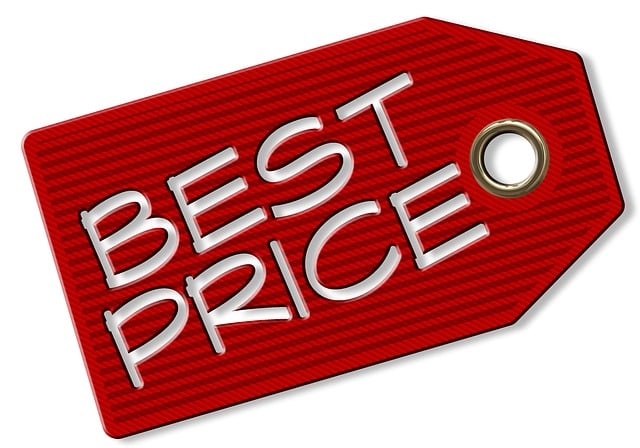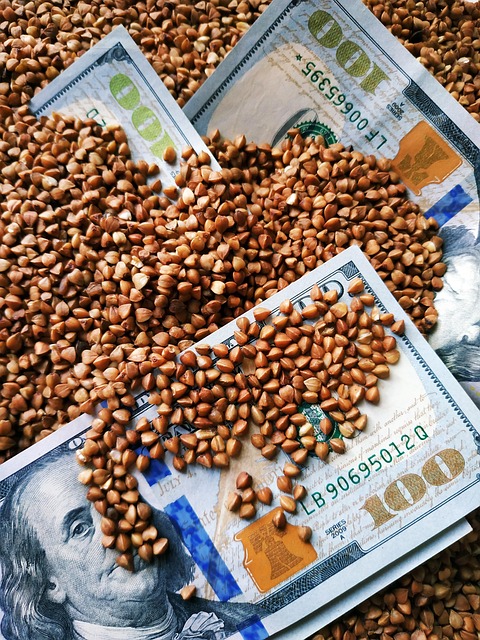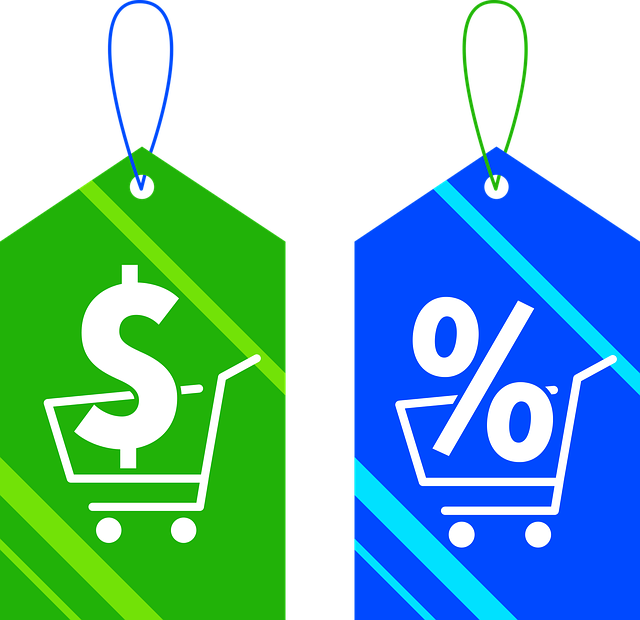Consumer behavior varies by industry, impacting price elasticity. Essential goods have low price sensitivity due to convenience and brand loyalty, while discretionary industries show higher responsiveness. Product homogeneity affects pricing power, with interchangeable products leading to lower prices and distinct ones allowing for premium rates. Competition drives pricing strategies, with discounts in competitive markets and higher prices in less competitive ones. Economic conditions influence demand's price elasticity, with booms softening sensitivity and recessions increasing it, especially for essential items. Businesses must adapt pricing models based on these factors.
Pricing elasticity, or how sensitive prices are to changes in demand, varies significantly across industries. This variation is driven by several factors, including consumer behavior differences, product homogeneity versus differentiation, market competition, and economic conditions. Understanding these dynamics is crucial for businesses aiming to optimize pricing strategies. By examining each of these aspects, we can gain insights into why some industries exhibit higher price elasticity than others, helping firms tailor their approaches for better market response.
- Consumer Behavior Differences Across Industries
- Product Homogeneity vs. Differentiation Impact
- Market Competition and Pricing Strategies
- Economic Conditions' Influence on Pricing Elasticity
Consumer Behavior Differences Across Industries

Consumer behavior varies drastically across industries, which directly impacts price elasticity. In industries like consumer staples, where products are essential and frequently purchased, consumers tend to be less price-sensitive. They may prioritize convenience and brand loyalty over the smallest price fluctuations. For instance, a consistent $1 increase in the price of bread might go unnoticed by most grocery shoppers, as they continue to buy it regularly.
In contrast, industries with discretionary spending and diverse options exhibit higher price elasticity. Travel and entertainment sectors often show notable variations in demand based on price changes. A $50 increase in flight prices during peak seasons can significantly reduce bookings, while a similar decrease may boost sales. This dynamic is reflected in the concept of cost-volume-profit analysis, where understanding how price adjustments affect revenue and profit margins is crucial for businesses to make strategic pricing decisions. Give us a call at break-even point calculation to learn more about optimizing your pricing strategy based on these nuanced consumer behaviors.
Product Homogeneity vs. Differentiation Impact

In the realm of consumer behavior, the impact of product homogeneity versus differentiation on price elasticity is a fascinating dynamic. When products are homogeneous, meaning they are essentially interchangeable (like basic grocery items), consumers are highly sensitive to price changes as they can easily shift their purchases to cheaper alternatives. This results in low pricing elasticity where even significant price adjustments have minimal effect on demand.
On the contrary, industries with high product differentiation, such as luxury brands or specialized services, exhibit higher pricing power. Consumers value unique features, quality, and brand reputation, making them less price-sensitive. Here, a cost-plus pricing strategy might be employed, considering not just production costs but also perceived value and negotiating skills for better prices. Visit us at psychology behind consumer pricing anytime to delve deeper into these intricacies. Moreover, pricing strategies for services often require careful consideration of market demand, supply, and the intangible nature of their offerings.
Market Competition and Pricing Strategies

Market competition plays a pivotal role in shaping pricing strategies across industries. In highly competitive markets, businesses often face intense pressure to keep prices low to attract and retain customers. This price sensitivity of customers drives retailers to employ various profit maximization techniques, such as discounts, promotions, and bundled offers. Conversely, in less competitive sectors, companies may have more leeway to set higher prices based on unique product features or limited supply without fearing significant market share loss.
The concept of price discrimination, while ethically debatable, is another factor influencing pricing variability. Businesses can legally adjust prices based on different customer segments’ willingness to pay, as seen in dynamic pricing models and personalized offers. This strategy allows companies to maximize profits by charging higher rates to price-insensitive consumers while offering discounts to those more sensitive to price changes. Understanding these dynamics is crucial for businesses aiming to navigate market conditions effectively and visit us at price theory fundamentals anytime for a deeper exploration of these concepts.
Economic Conditions' Influence on Pricing Elasticity

Economic conditions play a pivotal role in shaping the price elasticity across various industries. During periods of economic boom, consumers tend to have higher disposable incomes, leading to increased demand and often less sensitive response to price changes. This results in lower price elasticity of demand. Conversely, in recessionary times, consumers become more price-conscious, and even modest increases in prices can significantly impact purchasing decisions, making the price elasticity higher. For instance, essential goods like groceries or utilities might see stronger price sensitivity during economic downturns due to stretched consumer budgets.
Understanding these economic factors is crucial for businesses when formulating pricing strategies for startups or established enterprises alike. Market-based pricing mechanisms that account for supply and demand dynamics are essential in navigating such conditions. By closely monitoring economic indicators, businesses can anticipate changes in price elasticity and adjust their approaches accordingly. For instance, during an economic surge, they might employ premium pricing justifications based on enhanced consumer ability to pay, while in challenging times, more flexible pricing strategies could be employed to attract cost-conscious buyers.
Pricing elasticity varies across industries due to a confluence of factors, including consumer behavior differences, product homogeneity or differentiation, market competition dynamics, and economic conditions. In sectors with heterogeneous products and high competition, consumers are more price-sensitive, leading to greater elasticity. Conversely, industries characterized by homogenous offerings and strong brand loyalty exhibit lower pricing sensitivity. Understanding these variations empowers businesses to tailor their pricing strategies effectively, optimizing revenue in diverse market environments.
